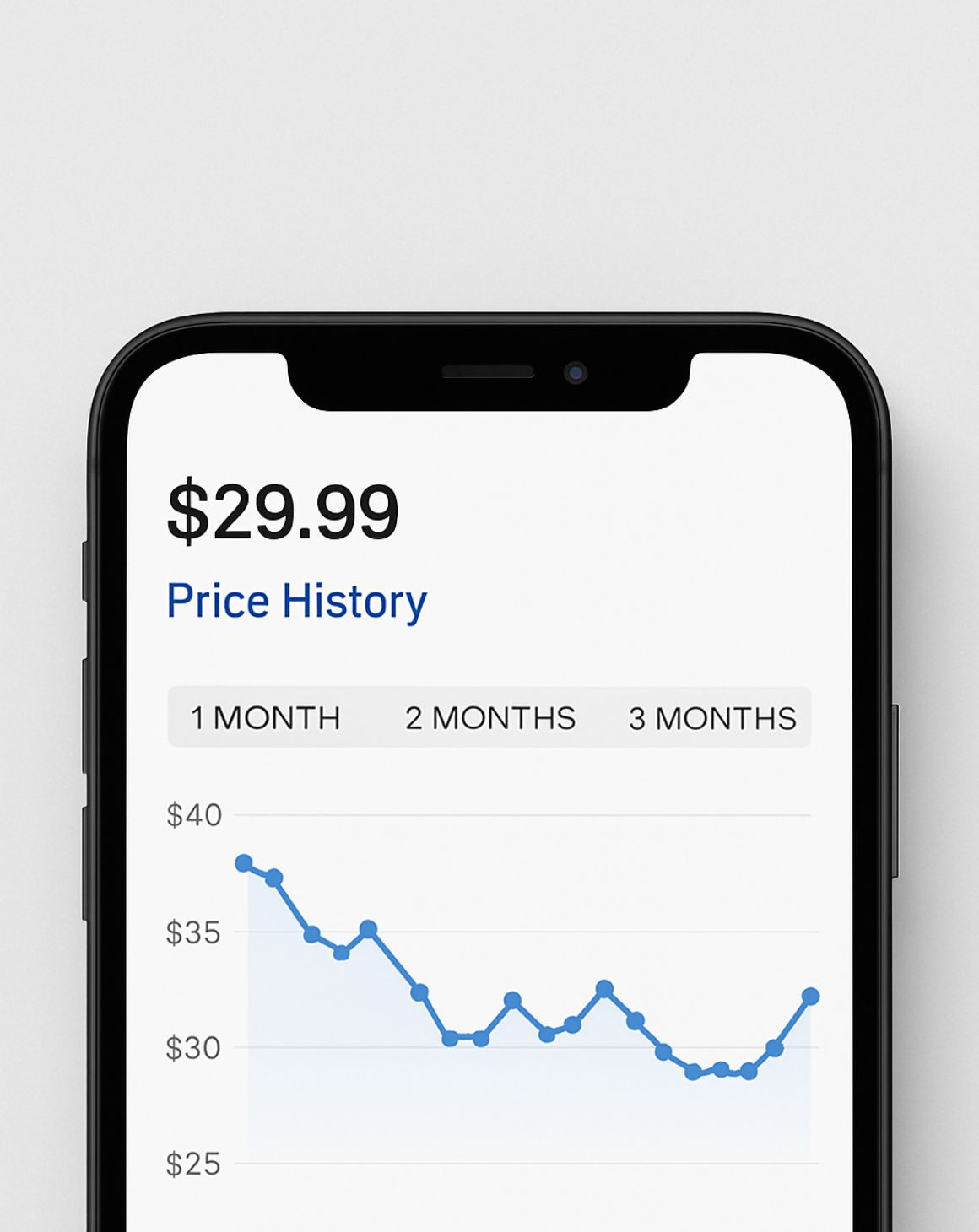As of June 18, 2025, Amazon has rolled out a High Return Rate Program Policy that introduces a new badge, “Frequently Returned Item”, aimed at helping customers make better buying decisions. While this may sound great for shoppers, it could mean serious headaches and costs for vendors.

What is Amazon's New Returns Badge & Policy for Vendors?
Amazon will now badge certain products as “Frequently Returned Items” if they are returned more often than others in the same category. This badge will appear right on the product detail page for everyone to see. But here’s where it gets serious for vendors:
- If your product gets badged, Amazon could send back any unsold inventory they purchased from you.
- In the event Amazon sends back the unsold units, you are required to refund 100% of the product costs and pay a 10% shipping and handling fee as well.
- If you don’t accept the return of unsold units, Amazon could dispose of the products and charge you for the disposal on top of the above-mentioned refund and fees.
How Can Vendors Avoid the High Return Rate Badge?
Avoiding the Frequently Returned Item badge starts with understanding Amazon’s policy and why products get flagged in the first place — high return rates compared to others in the same category. To reduce the likelihood of receiving the badge, and the costly consequences that come with it, vendors need to take proactive steps across product quality, listings, and customer experience:
- Audit and Optimize Product Listings: One of the most effective ways to reduce return rates is by ensuring product detail pages are 100% accurate. Incomplete or misleading listings are a leading cause of customer dissatisfaction and returns.
- Improve Product Quality and Packaging: A high return rate may be a sign of underlying product issues – like defects, poor materials, or inconsistent sizing. Amazon emphasizes the importance of providing high quality, well packaged products to reduce returns.
- Know When to Discontinue Problem Products: If a product continues to generate high return rates despite your best efforts, it may be time to consider discontinuing it altogether. Use data from the Concessions Hub to determine whether the product is salvageable or if it’s causing more harm than good. Sometimes, a strategic discontinuation is the best business decision.
If you're a client looking for more information, contact your account team! If you’re interested in learning more about how Blue Wheel can aid in your brand efforts in online marketplaces, schedule a consultation with our team, we would love to hear from you.







.png)
.png)
